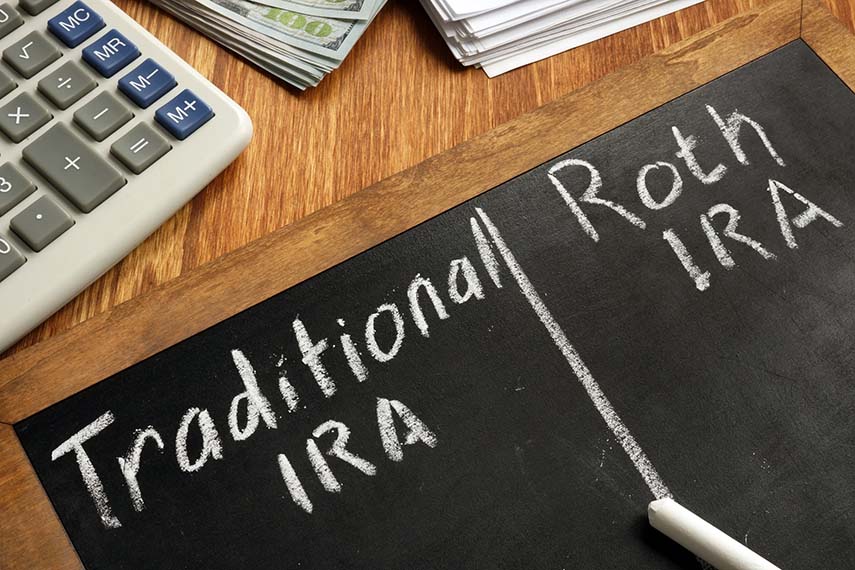3 Easy Steps to Roll Over Your TSP Into an IRA
Over 70 million Americans today have 401(k) accounts, making them one of the most popular types of retirement accounts Federal employees don’t have 401(k) accounts, but instead have the Thrift...
Precious Metals

When it comes to your retirement, what is your strategy? Are you putting money into a savings account? Under your mattress? Into stocks? Into a 401(k)? Or have you decided to open an IRA?
If the latter is your choice, you’re probably already aware of some of the benefits of tax-advantaged retirement accounts. The next question is, what type of IRA do you want?
For many, the choice is between a Traditional IRA and a Roth IRA. But how do you know which one is the right one for you? Here are a few things that you need to know before making your decision.
With a Traditional IRA, anyone who is earning income can open an account and make contributions. Roth IRAs, on the other hand, are a bit more restrictive. For example, if you are someone who files your taxes as a single individual, your Modified Adjusted Gross Income (MAGI) can’t be more than $140,000.
Married couples can only earn up to $208,000 and still be eligible for Roth IRA contributions. This means that anyone who earns more than these amounts has no choice but to open a Traditional IRA for their retirement needs.
The main difference between Traditional IRAs and Roth IRAs is in how taxes are paid. In a Traditional IRA, the contributions you make are on a pre-tax basis. This means that you don’t pay income taxes on that money at the time of investment. However, you will begin making tax payments on them at the time of distribution. This means that the amount of money you will receive from your IRA on a monthly basis will be reduced by federal income tax withholding.
Contributions to a Roth IRA, on the other hand, are taxed prior to investment, so that your distributions after retirement are tax-free. There are benefits to both approaches, so take the time to speak to a financial planner and tax advisor before opening your account to ensure you understand the tax implications of both types of accounts.
Another big difference between Traditional and Roth IRAs lies in the way money can be withdrawn from the accounts. With a Traditional IRA, you cannot take any distribution from your account before the age of 59 ½ without having to pay taxes and a 10% early withdrawal penalty. You also must begin taking regular distributions from your account at age 72.
With a Roth IRA, you can take a withdrawal from your account to purchase a home or to pay for higher education expenses without having to worry about paying taxes or paying an early withdrawal penalty. Additionally, if you don’t need the money, you don’t have to begin taking distributions at any specific point, allowing you to continue to grow your savings and even leave them to loved ones at the time of your death through your will.
There are also a few extra rules and considerations that you need to take into account before deciding which account is the right retirement account for your needs. Here is a breakdown of some of them.

